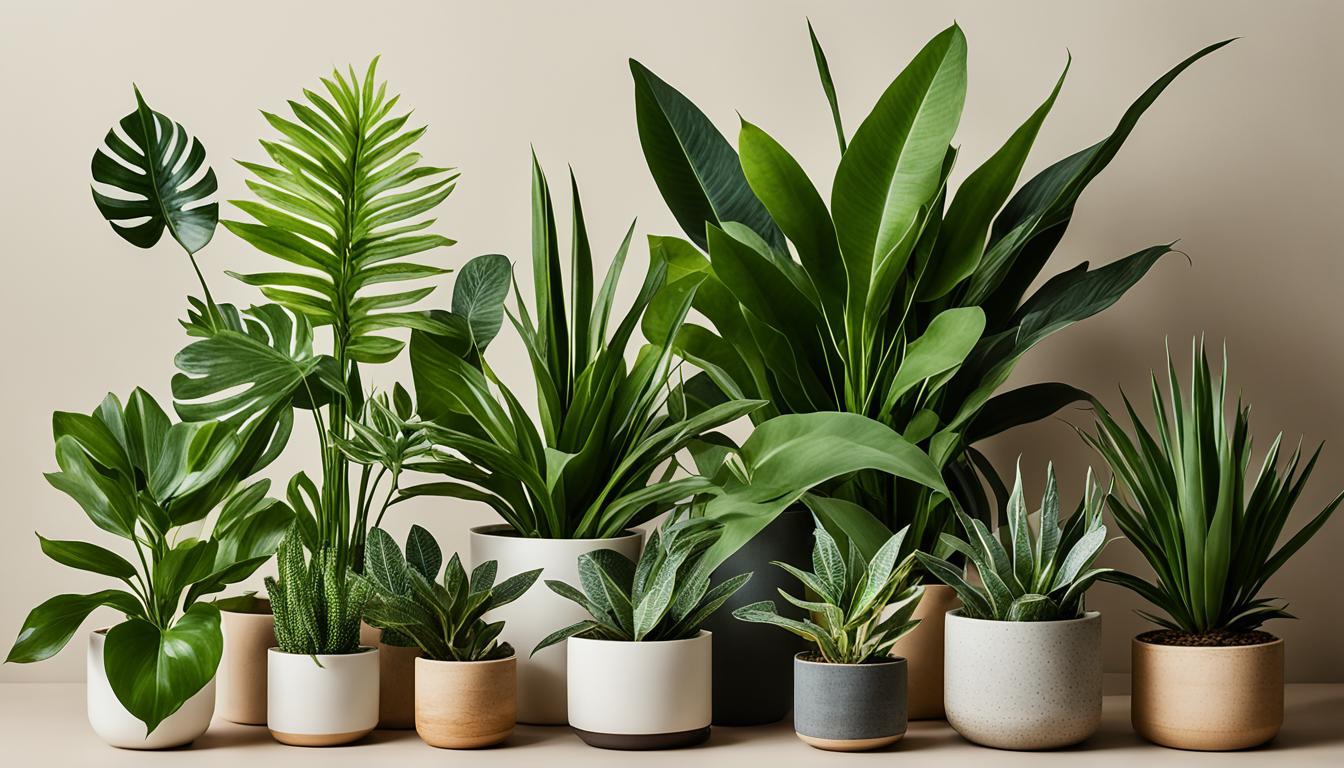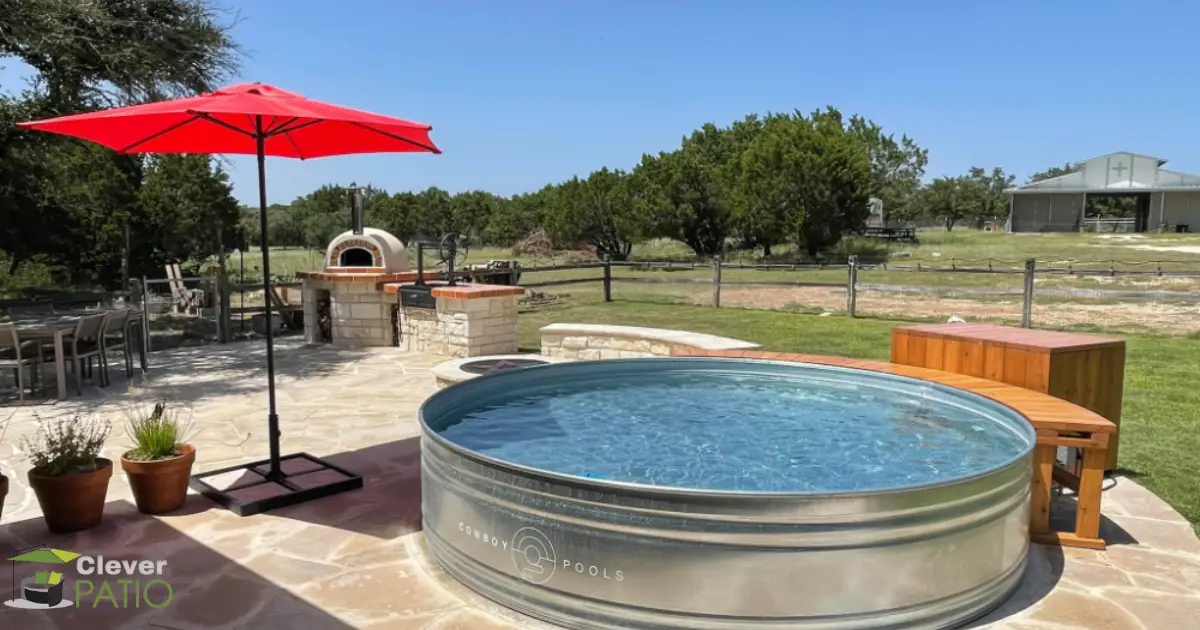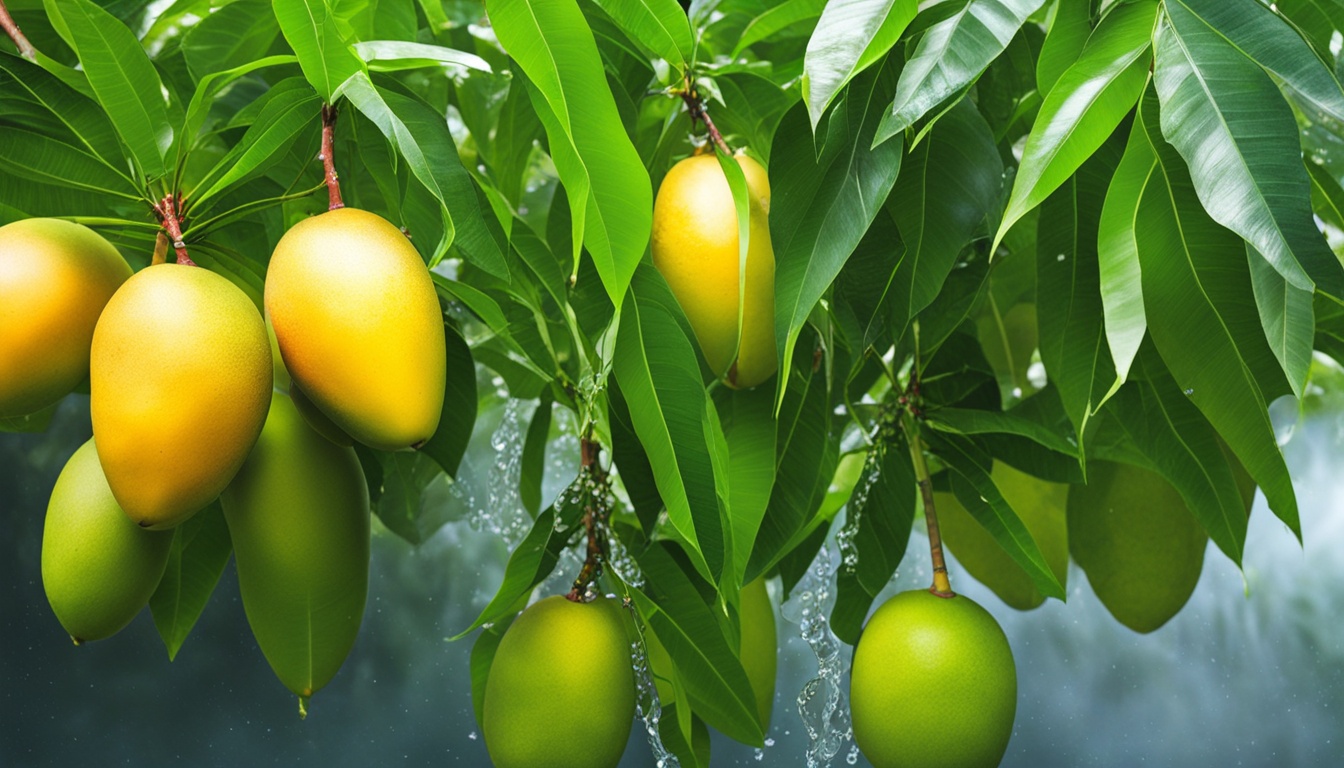As a seasoned DIY enthusiast, I know that choosing the right wood for building a shed is crucial. The type of wood you choose can affect the longevity and durability of your shed, as well as its overall appearance.
In this article, I will share my expertise on the best types of wood to use for a shed, focusing on the specific needs for a shed roof, base, and floor.

What Wood Is Best to Build a Shed?
The choice of wood for building a shed will depend on several factors such as the climate, cost, availability, and personal preference.
However, some types of wood are generally considered better for shed construction than others.
Cedar and redwood are excellent choices for shed construction due to their natural resistance to rot, decay, and insect infestation. These woods contain natural oils and resins that make them durable and long-lasting.
Pine is also a popular choice for shed construction due to its affordability and availability.
Pressure-treated pine is even better as it has been treated with chemicals to make it resistant to rot and insect damage.
Other options for shed construction include fir and spruce. These woods are less expensive than cedar and redwood but may require regular treatment to maintain their durability.
Ultimately, the best wood for building a shed will depend on your budget, the climate of your area, and the look you are trying to achieve. It is always a good idea to consult with a professional builder or lumber supplier to determine the best option for your specific needs.

What Wood Is Best for A Shed Roof?
The roof of your shed needs to be able to withstand the elements, including rain, wind, and snow.
Cedar shingles are a popular choice for shed roofs because they are naturally resistant to rot and insects. Cedar shingles also have a unique, rustic appearance that adds character to any shed.
Another good option for shed roofs is metal roofing. Metal roofing is extremely durable and can last for many years with proper installation and maintenance. It is also fire-resistant and reflects sunlight, which can help keep your shed cooler in the summer.
What Wood Is Best for A Shed Base?
The base of your shed is the foundation upon which the entire structure rests, so it is important to choose a strong and durable wood.
Pressure-treated lumber is a popular choice for shed bases because it is resistant to rot and decay.
Pressure-treated lumber is also affordable and widely available, making it a convenient option for many DIYers.
Another option for shed bases is concrete. A concrete base is extremely strong and can withstand heavy loads, making it a good choice for larger sheds or sheds that will be used for storing heavy equipment.
However, a concrete base can be more expensive and time-consuming to install than a wooden base.

What Wood Is Best for A Shed Floor?
The floor of your shed needs to be able to support the weight of whatever you plan to store inside, so it is important to choose strong and sturdy wood.
Tongue-and-groove boards are a popular choice for shed floors because they interlock and provide a stable surface for walking and storing items.
Another good option for shed floors is plywood. Plywood is strong and durable, and it can be easily cut to fit the exact dimensions of your shed.
Plywood is also affordable and widely available, making it a convenient option for many DIYers.
Conclusion
In conclusion, the best wood for building a shed will depend on several factors such as cost, availability, climate, and personal preference. Cedar and redwood are excellent choices for their natural resistance to rot, decay, and insect infestation, while pine is a popular and affordable option that can be treated to make it more durable. Fir and spruce are also viable options but may require regular maintenance.




Leave a Reply